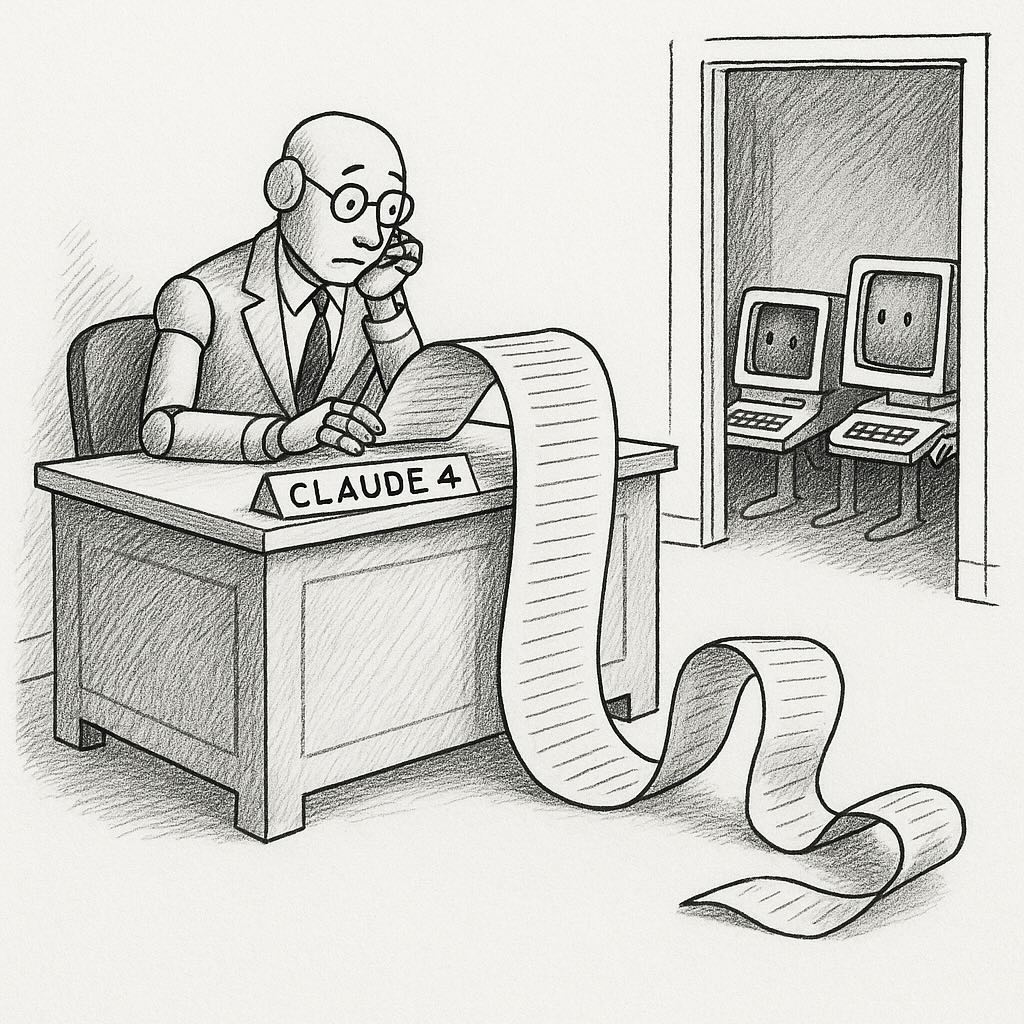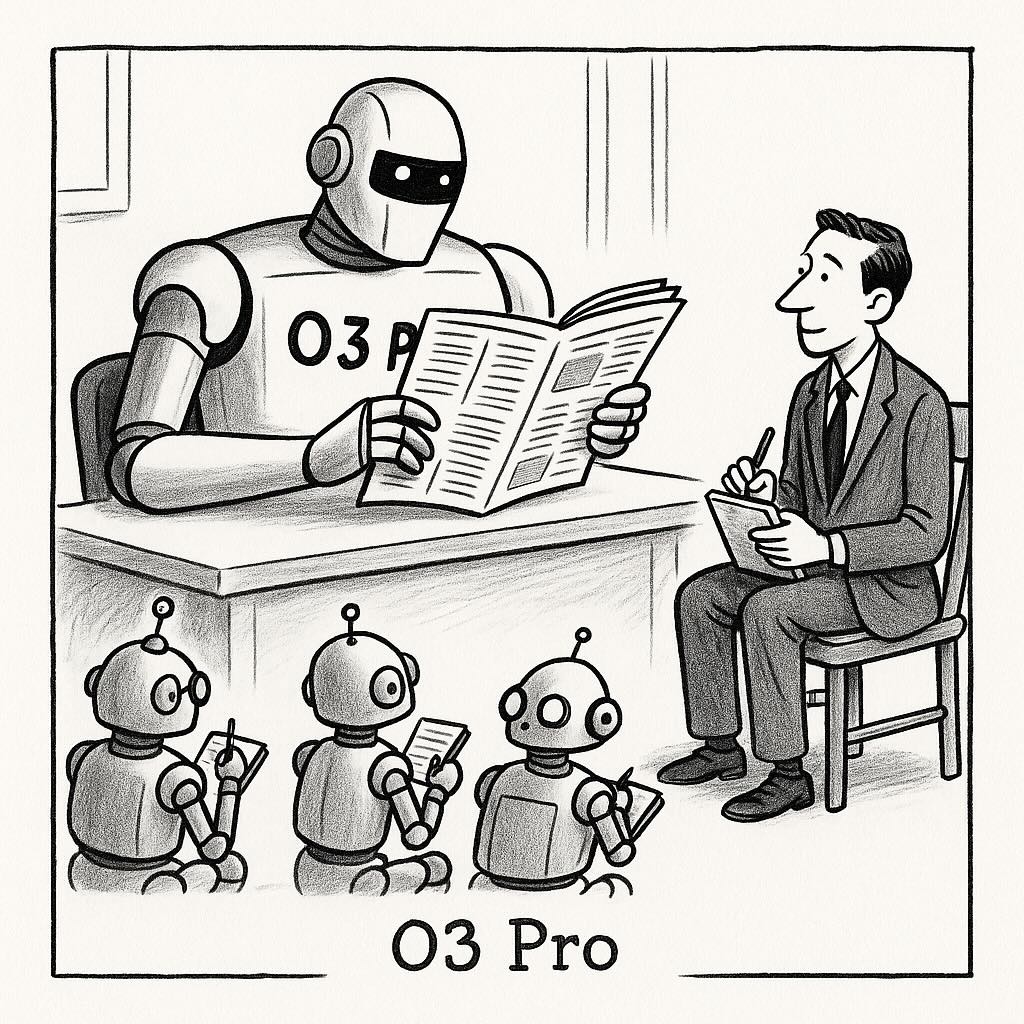FLUX .1 Kontext AI image generation model is released
A new generation of image-AI models that aims to erase the boundary between “make me a picture” and “fix this picture.”
FLUX .1 Kontext's hallmark is in-context generation: a user can supply both a natural-language prompt and an existing image, and the model will parse the picture’s visual ideas—characters, composition, lighting, typography—then reinterpret or alter them according to the textual instructions. Where earlier text-to-image systems often lost track of context when asked for precise edits, FLUX .1 Kontext treats creation and post-production as a single continuum, letting artists iterate in the same window rather than resorting to masks, repainting, or elaborate prompt workarounds.
The engine beneath this workflow is generative flow matching (GFM), an emerging rival to diffusion. GFM trains the network to follow a comparatively straight trajectory from random noise to a finished image, so it can sample in far fewer steps than the hundreds of denoising iterations typical of diffusion pipelines. Practically, this yields speed: Black Forest Labs cites inference up to eight times faster than leading diffusion models, while early testers report photorealistic 1024-pixel renders in roughly four seconds. Because the same latent-space trajectory can be re-entered for edits, the model can modify lighting, swap props, or change facial expressions almost instantaneously, without degrading previously established detail. Fast, lossless refinement is central to the company’s claim that FLUX .1 Kontext unifies the traditionally separate disciplines of generation and editing.
Two commercial checkpoints anchor the launch. FLUX .1 Kontext [pro] is the workhorse, balancing image quality with quick, iterative refinement. It accepts joint text-and-image prompts, supports both local and global edits, and is tuned to maintain art style and character identity across many turns—vital for storyboards, product-shot variants, or marketing campaigns that must retain visual continuity. FLUX .1 Kontext [max] is positioned as the speed demon: even tighter adherence to textual prompts, stronger typography rendering, and still quicker sampling for users who need dozens of high-resolution variations in minutes. Both models clear long-standing hurdles of generative typography, producing legible, on-brand lettering even inside complex scenes.
The real-world value of those capabilities shows up in an additive prompting loop. A designer can generate a base render, then issue successive commands—“put her in a denim jacket,” “shift to golden-hour lighting,” “make the logo metallic,” “crop to portrait orientation.” Each instruction arrives faster than a traditional redraw because the model reuses and adjusts its internal representation. Output examples highlight lifelike skin textures, accurate material reflections, atmospheric depth, and minimal artefacts, suggesting that speed does not come at the expense of fidelity. The ability to preserve micro-details and spatial coherence while making incremental edits directly addresses a frequent pain point of first-generation tools, which often forced users to choose between starting over or accepting visual drift.
Distribution strategy mirrors the technical ambition. A browser-based BFL Playground offers instant, no-code experimentation, while a REST-style API lets developers embed identical capabilities in their own pipelines. Black Forest Labs has also seeded model weights to creative-tech partners—KreaAI, Freepik, Lightricks, OpenArt, LeonardoAI—and to infrastructure hosts such as Together AI, Replicate, Runpod, FAL and Comfy-org. Users already active on those platforms can switch to FLUX .1 Kontext with a dropdown. On Replicate alone, the checkpoints now drive micro-apps ranging from professional headshot generators and hairstyle previews to heritage-photo restoration, illustrating the breadth of use cases a fast, context-aware engine unlocks.
For researchers and tinkerers, a third checkpoint—FLUX .1 Kontext [dev]—will release its 12-billion-parameter weights once a private-beta safety audit concludes. The lightweight diffusion-transformer variant is intended for fine-tuning and custom experiments, echoing the open-source playbook that propelled Stable Diffusion in 2022–23. Because the founders of Black Forest Labs are alumni of Stability AI, the company’s decision to publish an open model is unsurprising; it is a deliberate bid to seed a community of bespoke derivatives, automation scripts and specialised front-ends that broaden the ecosystem beyond what a single firm could build alone.
Competition is fierce. OpenAI’s DALL-E 3 (now bundled inside GPT-4o) and Google’s Imagen family still dominate market mindshare, but both remain relatively slow, expensive, or restrictive in user-side control. Black Forest Labs is wagering that the marriage of speed, fine-grained editability, and developer friendliness will lure creators who feel bottlenecked by diffusion-only workflows or locked-down APIs. If generative flow matching consistently delivers the advertised acceleration without sacrificing quality, rival vendors may be prompted to explore or adopt similar techniques, thereby diversifying a field that has relied heavily on diffusion for three years.
In practice, FLUX .1 Kontext compresses the entire visual-ideation cycle—draft, iterate, polish—into a single responsive loop. A graphic designer can adjust layout, colour grading, and typography without round-tripping across tools; a game studio can render concept art, tweak character outfits, and produce marketing stills while guaranteeing that the heroine’s scar always sits on the same cheek. By slashing iteration latency, the system tightens creative timelines and could reshape expectations for turnaround in design, advertising, gaming, and e-commerce.
Black Forest Labs’ multi-pronged roll-out—playground for casual users, API for integrators, partner networks for reach, and open weights for hackers—positions the company to court everyone from hobbyists to enterprises. Should its performance claims stand up in production, FLUX .1 Kontext will be evaluated not just on how stunning a first render looks but on how quickly and faithfully that render can evolve under human direction. The shift from one-shot generation to living, editable canvases may mark the next chapter of generative imaging, and FLUX .1 Kontext stakes an early, ambitious claim to that terrain.




